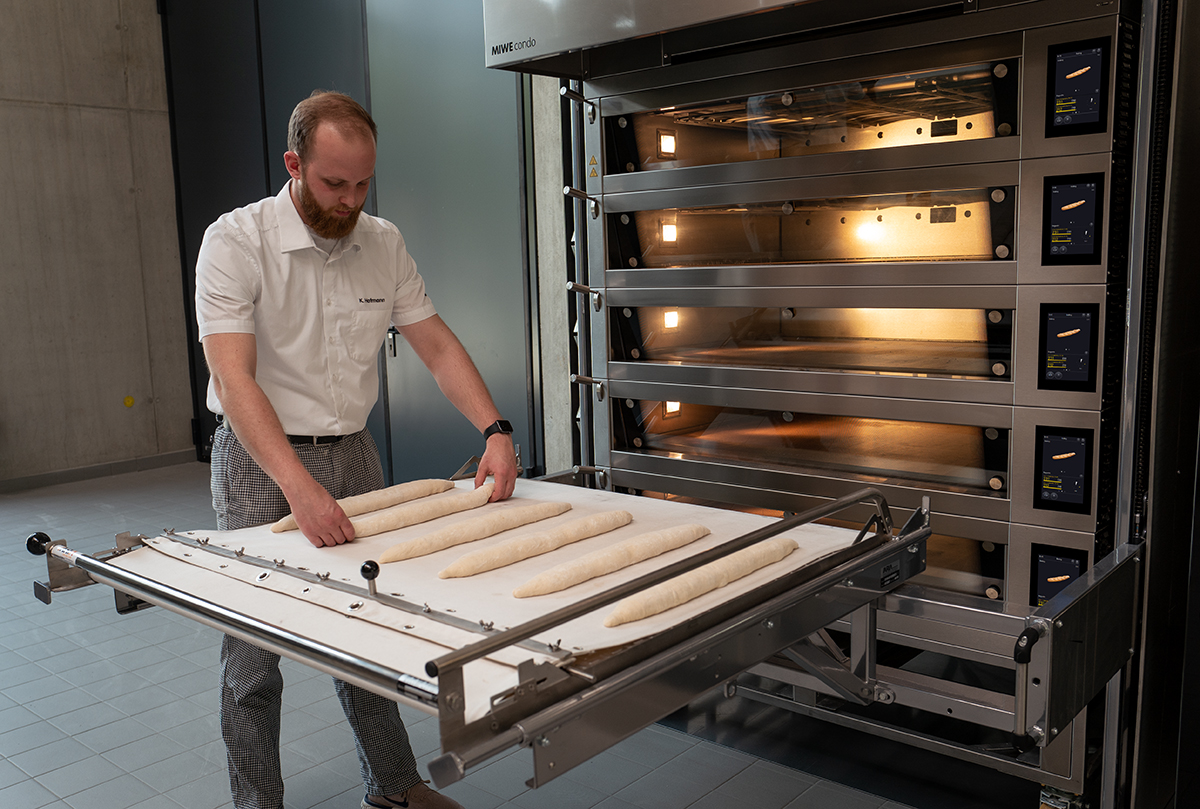Deck ovens are empowering aspiring home bakers.
We see tiny, artisan bakeries being very successful with their comparatively small variety of items, specifically if the consumers can witness deck ovens’ usefulness in cake-baking class Singapore programs. If they can see with their own eyes that baking bread is an art and requires time, skill, and experience to produce a premier loaf, they’ll keep returning for more. A deck oven is one of the two major selections of ranges identified in many professional pastry kitchen areas (the other being a convection oven) and is utilized primarily for bread baking.

A deck oven relies upon induction heat— the transfer of heat to the item through the baking chamber’s warmed air, and conductive heat— the transfer of heat directly into the thing from the baking stone or deck. Deck ovens also have regular heat, which makes them suitable for regulated baking. They will generally consist of functions like steam injection and an airing vent system to change the baking chamber’s humidity.
How are deck ovens different from conventional ovens?
A distinctive distinction is how heat is transferred to the baked item when comparing deck ovens and convection ovens. Deck ovens use conduction heat for baking, a technique in which heat flows directly from a hot stone or deck to the pastry in question or the baked sheet pan.
Deck ovens additionally utilize radiant heat, which is a process that uses infrared heat waves to permeate into the dough, heating it throughout. The capability to include steam with these kinds of ovens is also fundamental in bread-baking. Because deck ovens carry so much mass, they have excellent recovery time and hold temperature levels extremely well.
Capability
Regrettably, there is no common capacity score for deck ovens, so identifying the dimension you need can be a little complicated. The one thing they have in common is that, while they might also be used for food preparation bread or completing baked pasta, capacity is measured in the number of pizzas that can fit on a deck.
Small kitchen counter ovens commonly hold just one pizza, with the deck dimension determining the pie’s optimum diameter. Other deck ovens can have multiple pizzas per level, though different makers utilize various pizza dimensions to assess their abilities. Common pizza diameters establishing a device’s capacity are 10, 14, and 18 inches.
Past the dimension of the deck surface, the number of decks also has to be considered. Many makers use systems in 2- and three-deck versions to broaden volume without requiring a larger impact.
High-volume bakeshops and pizza stores depend on these multi-deck pieces to simultaneously bake loads of loaves or pies. Most two- and three-deck designs have independent temperature controls for every deck, so the system can be utilized concurrently to bake various products.
